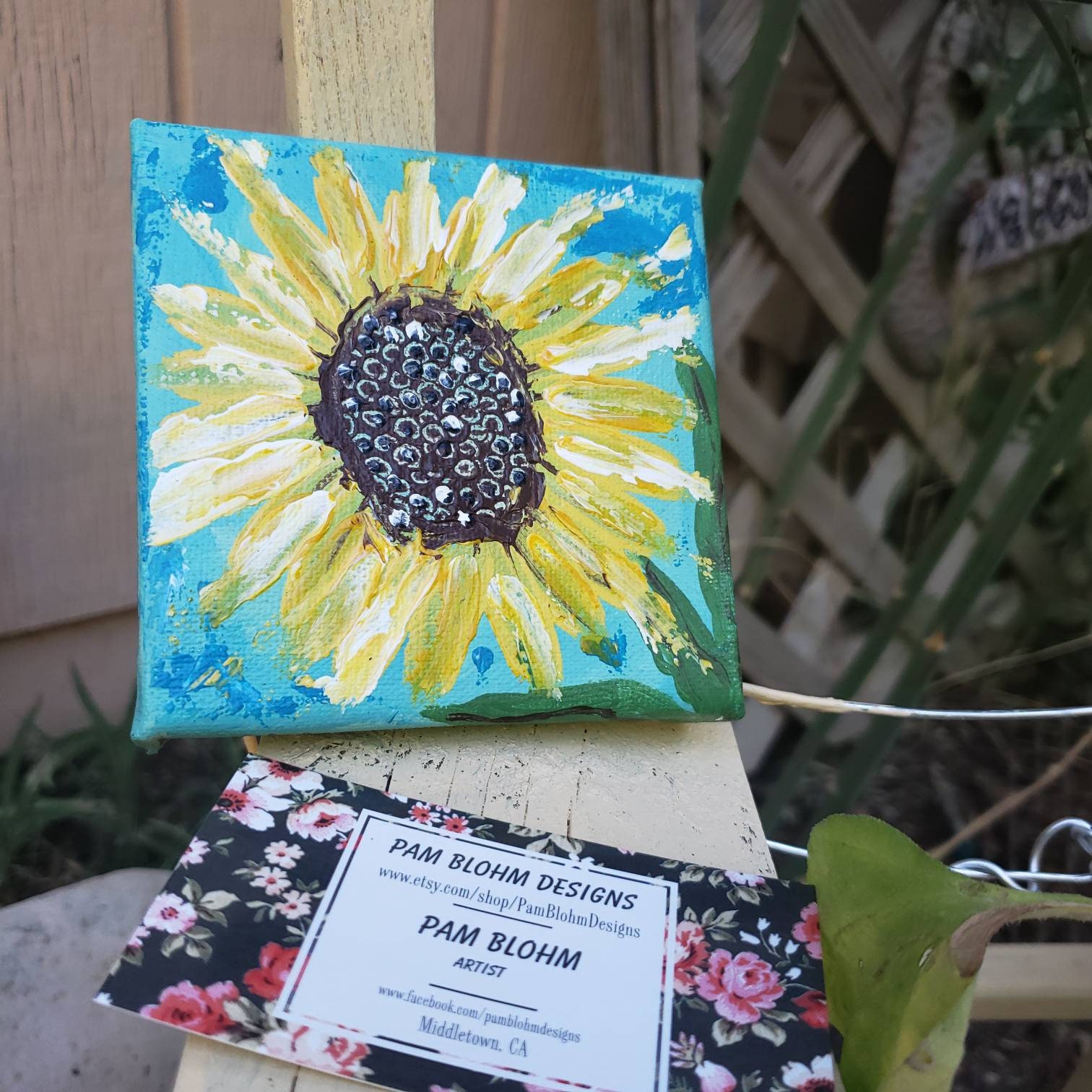


Native to 2 small islands off Nicaragua’s Caribbean coast, Corn Island Boas are quite rare in captivity and the wild. This unique animal deserves more attention from breeders. Located just off Belize, Cay Caulker is also a popular tourist destination. Its only habitat is a coral island measuring a mere 5 x. Caulker’s Cay BoaĪmong the smallest and lightest in color of the island-dwelling Boa Constrictors, this snake faces an uncertain future. Buff to off-white in color, and marked with faded saddles and pinkish hues, they are spectacular in appearance. Hog Island Boas (please see photo) hail from Cayo Cochinos, a small archipelago off Honduras. Uploaded to Wikipedia Commons by Purplegerbil This 5-foot-long snake is also rather unique in being able to change its color, sometimes quite radically. I’ll start off with the only member of the group that has the sad distinction of being possibly extinct in the wild.

Purebred individuals will be expensive, but they are very important to the futures of these unique, fragile populations. Be sure to check into the backgrounds of any snakes that you intend to purchase. This practice should be discouraged, as these snakes have been isolated for millions of years, and possess unique genetic makeups. Unfortunately, some owners cross the various island-dwelling boas with mainland boas, altering their colors and adult sizes. constrictor imperator ranges from Mexico to northern South America and has long been a pet trade staple. Generally termed the Common or Northern Boa Constrictor, B. Most of the island-dwelling snakes I’ll mention below are believed to belong to the Boa Constrictor subspecies Boa constrictor imperator (please see photo). Uploaded to Wikipedia Commons by Belizianīoa taxonomy and terminology has always been a “work in progress” (to say the least!). As all are restricted to tiny ranges, everything that we learn will be helpful in assuring their future survival. More importantly, island-bound Boas offer hobbyists the chance to dabble in snake conservation. Averaging only 4-5 feet when fully grown, these beautiful creatures are ideal choices for those seeking a large, but not giant, snake. However, for the true Boa Constrictor enthusiast, they do not “fit the bill”.įortunately, a number of dedicated snake breeders have focused on the unique populations of smaller Boa Constrictors that inhabit many Caribbean islands. A number of smaller relatives, such as the Rosy, Rubber and Sand Boas, are available in the trade, along with some of the “dwarf species (Bimini and Panamanian Dwarf Boas). Unfortunately, the average Boa grows too large for many households, and cannot be safely handled by young or inexperienced keepers. Despite decades in the pet trade, the Boa Constrictor ( Boa constrictor) remains one of the most popular of all reptilian pets.


 0 kommentar(er)
0 kommentar(er)
